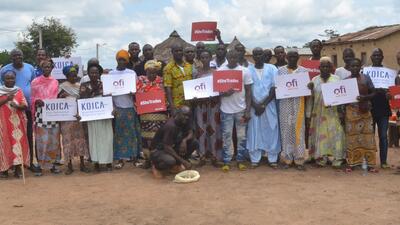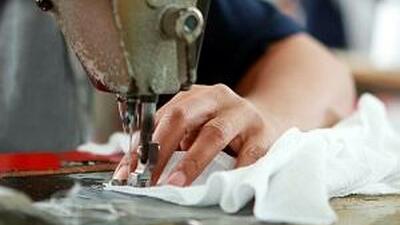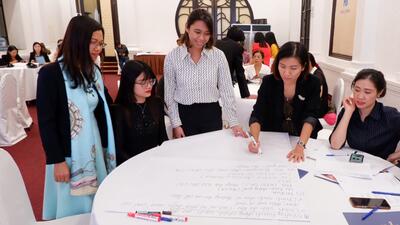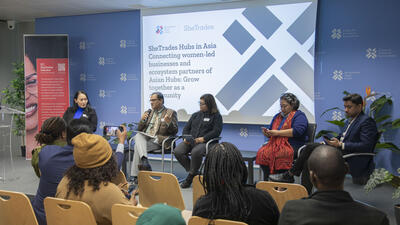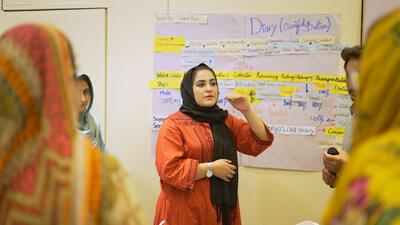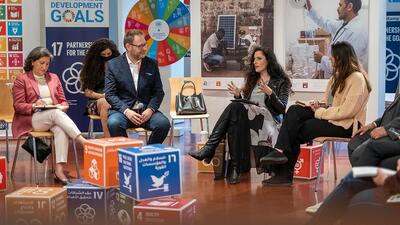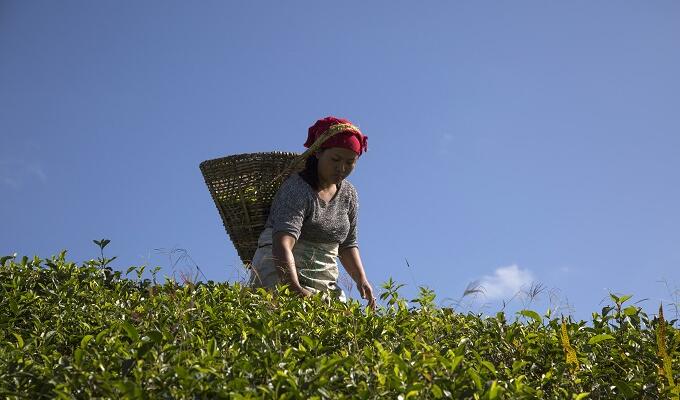

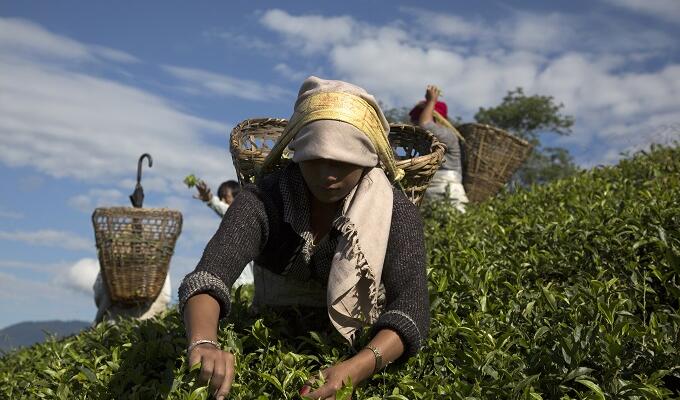
A gateway to sustainable consumption, production and trade
Sustainability Map sets out to better connect producer with buyers
At the end of a winding dirt road in the remote Ilam district of Nepal lives Sumit Shrestha, a young entrepreneur likely to inherit his father’s tea farm. With multiple tea producers in the region, the Shrestha farm has differentiated itself from others in the region by becoming the first Nepali tea producers to comply with the Rainforest Alliance sustainability standard.
Nepal is a landlocked country sandwiched between China and India. This location plays a crucial role in its trade opportunities. Equipped with simple and limited production facilities, Sumit and his father have focused on quality over quantity. To ensure the best quality of carefully hand-plucked Nepali tea, Sumit founded Doko Multipurpose Limited. The company was established to export quality tea and other Nepali traditional products internationally, such as chhurpi, a type of Nepali hard cheese sold as dog-chew in North America. This company packages and sells tea sourced from four cooperatives that have more than 500 farmers in the local area. Essentially, this means that Sumit is responsible for a pronounced supply chain consisting of numerous actors.
Excluded from the global trade market, Sumit and his father must sell their tea to an Indian intermediary who then re-exports the tea internationally at a premium price – and as Indian tea. The business has been running this way ever since Sumit’s father started. However, new generations at the helm of family businesses often lead to new opportunities.
Sumit, an ambitious and motivated young man, wants to change the existing business model and shorten the value chain by selling directly to buyers in Europe, the United States of America and in Asia. This, however, requires better market access as well as strengthening of his bargaining power. Sumit wants to unlock the potential of his small-sized enterprise in rural Nepal, connect with global buyers directly, and capture the premium price that he deserves.
The International Trade Centre’s (ITC) Sustainability Map will be able to provide support to enable Sumit to go some way in achieving this. A free and easy-to-use online platform, Sustainability Map enables entrepreneurs to connect with other partners in the value chain.
Micro, small and medium-sized enterprises (MSMEs), international buyers, intermediaries and procurement agents, standards and auditors can all use Sustainability Map to gain a better understanding of the voluntary standards relevant to their export markets and the demand for sustainable products while also connecting with local, national or international company partners. Creating a profile on Sustainability Map opens the door to become a member of an ever-growing sustainability community.
A project team from ITC recently visited Nepal to introduce Sumit and his father to the Sustainability Map. Their response was positive: ‘Currently, we are dependent on selling our tea to India, from where it is resold internationally, but as Indian tea. Working with ITC, we hope to reach international markets directly and build a strong brand for Nepali tea,’ Sumit says.
For users like Sumit, who have limited access to the internet, Sustainability Map is also available offline to ensure that anyone can access the tool regardless of their location and internet availability. ‘ITC is helping tea producers in the Ilam region reach an international level in their production standards by training us on guidelines and criteria that we have to follow,’ he says.
Sumit created a profile and provided basic information about his tea production, location, and proof of his compliance with the Rainforest Alliance standard. This allowed him to attract buyers looking to source sustainably produced tea in response to growing demand in Europe, the United States and other markets.
The information Sumit entered on Sustainability Map is kept safely and private until the moment he decides to share his profile publicly. This process can be such processes. With hundreds of voluntary sustainability standards in existence, it is easy to get lost and not know which, if any, voluntary standard is relevant.
To address this issue, users of Sustainability Map can conduct self-assessments of their sustainable practices against over 230 voluntary standards referenced on the platform. The self-assessment does not replace an actual audit, but rather gives the user an instant diagnostic or road map of what it will take to meet the requirements.
Using Sustainability Map, Sumit can now connect and visualize his entire upstream supplier base while connecting with downstream buyers. This new visibility provides his missing link to international traders. His sustainably produced tea can thereby potentially be exported directly to buyers, allowing Sumit to earn the premium price he deserves and be part of a global value chain.




